Foster mom reminds parents: caring for yourself is part of caring for your kids
When Lori lined up her adopted foster children for the Main Street Mile in their Idaho hometown last summer, the kids weren’t thrilled. They ran anyway. This year, before she could even bring it up, they asked when the race was—because they wanted to do it again.
(Follow this link to watch a video featuring Lori’s story and advice about self-care for foster parents.)
For Lori, those small wins matter. Strong of heart but often tested, she has adopted five children from foster care, many with developmental or behavioral needs. Life at home is full—chickens, dogs, cats, schoolwork, and therapies. The demands are constant, and Lori knows firsthand that when parents don’t take care of themselves, the strain can overwhelm even the strongest intentions.
She has lived that reality. Her first marriage ended under the stress of foster parenting, but Lori stayed committed to her children. Back in Idaho, she and her second husband decided to foster again—welcoming three brothers and later adopting them.
“Sometimes they'd say some very personal things, but it's not all about you when you're doing foster care,” Lori said. “Even though it's your life, it's a lot about those kids and the things that they've struggled with.”
That perspective has shaped how Lori balances caregiving with self-care. She studies medical specialties while working toward a bachelor’s degree, homeschools her children, and manages speech, occupational, and behavioral therapy appointments. She also makes space for things that bring renewal—hunting, fishing, searching for huckleberries, and celebrating moments of progress, like her daughter learning to define her own identity.
“She’d take on anyone’s emotions,” Lori said. “Now she is starting to gain, ‘this is who I want to be’ versus taking on other people.”
Self-care for Lori doesn’t always mean time away. Sometimes it means being present in new experiences—camping together, trying a first swim, or introducing a new food. These moments strengthen both her children and herself.
The challenges remain—estrangement from her first adopted daughter, trauma recovery, disrupted sleep—but Lori has no regrets.
“You don’t know until you try it,” she said. “It may not be good for you, but there are so many kids who need the love and affection. This isn’t easy, but your life becomes way more meaningful when you help other people.”
To her children, Lori means everything. She is their mom.
The Idaho Department of Health and Welfare is dedicated to strengthening the health, safety, and independence of Idahoans. Learn more at healthandwelfare.idaho.gov.
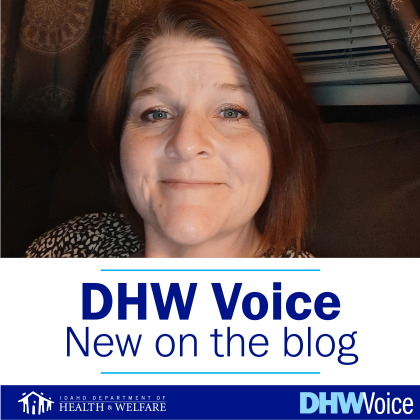
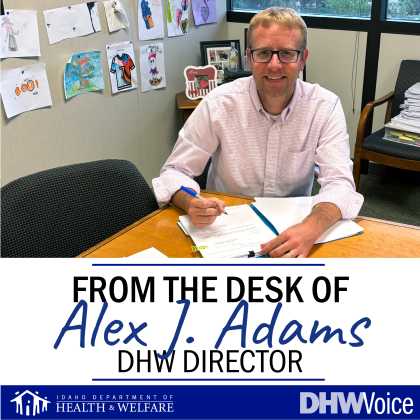
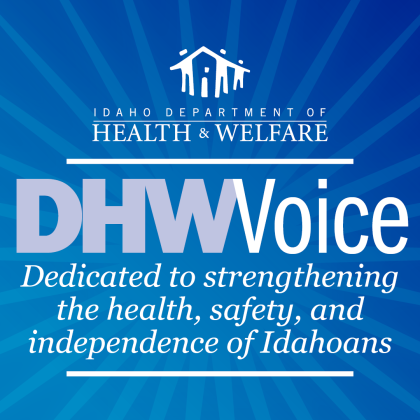
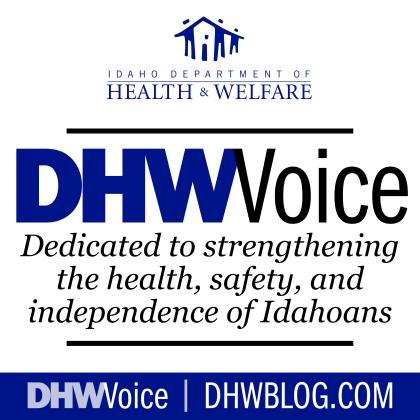
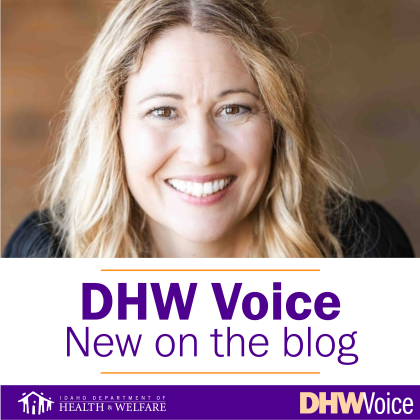
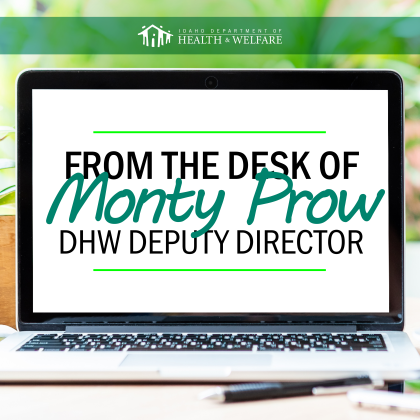


Join the Discussion
Please note the following terms of participation in commenting on the DHW Voice blog.
To ensure a productive discussion you agree to post only comments directly related to this post and to refrain from posting obscenities; threatening, abusive or discriminatory language; sexually explicit material; and other material that would violate the law if published here; promotional content; or private information such as phone numbers or addresses. DHW reserves the right to screen and remove inappropriate comments.